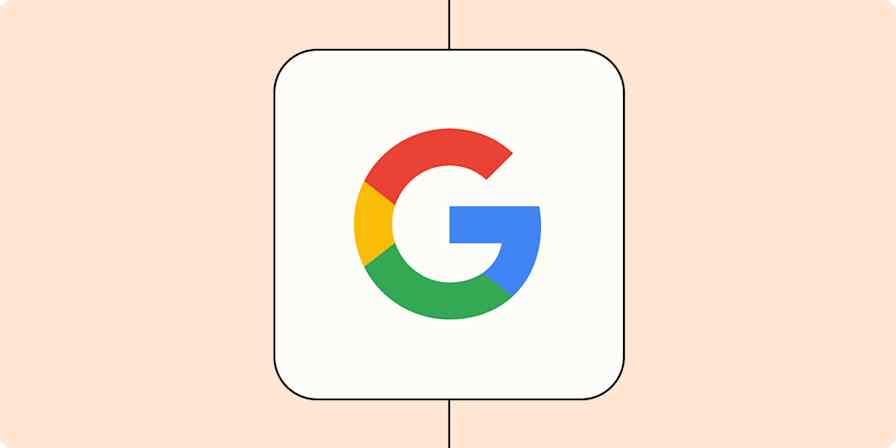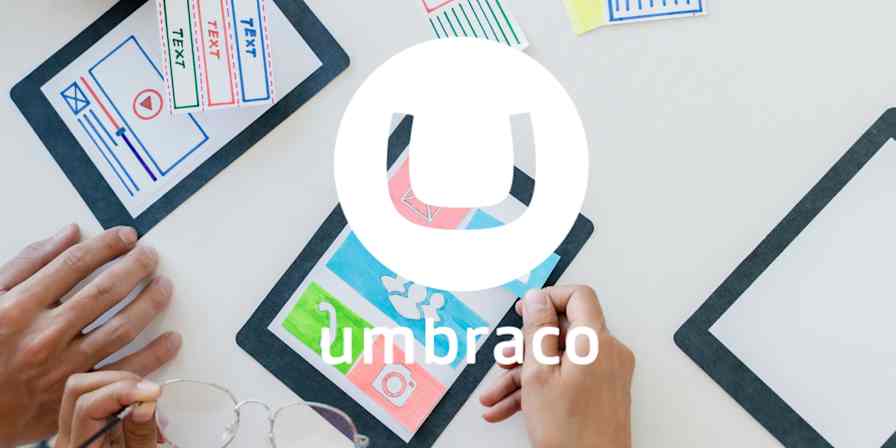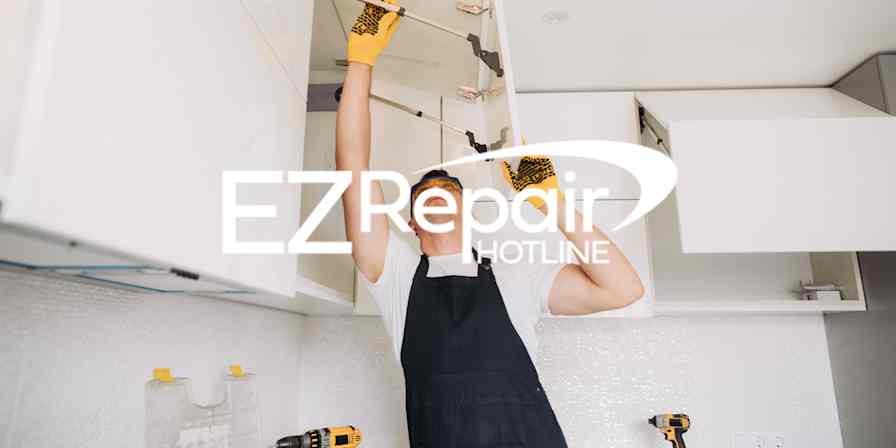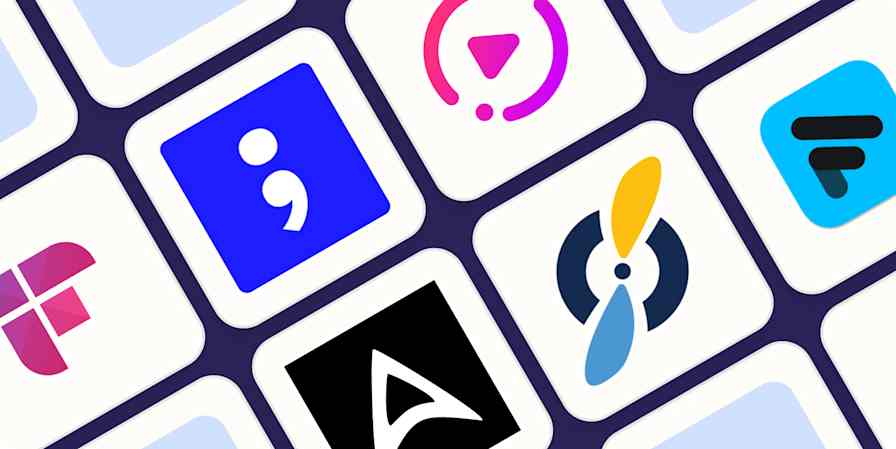App tips
7 min readWhat is Sora? Everything you need to know about OpenAI's new text-to-video model
By Harry Guinness · December 10, 2024
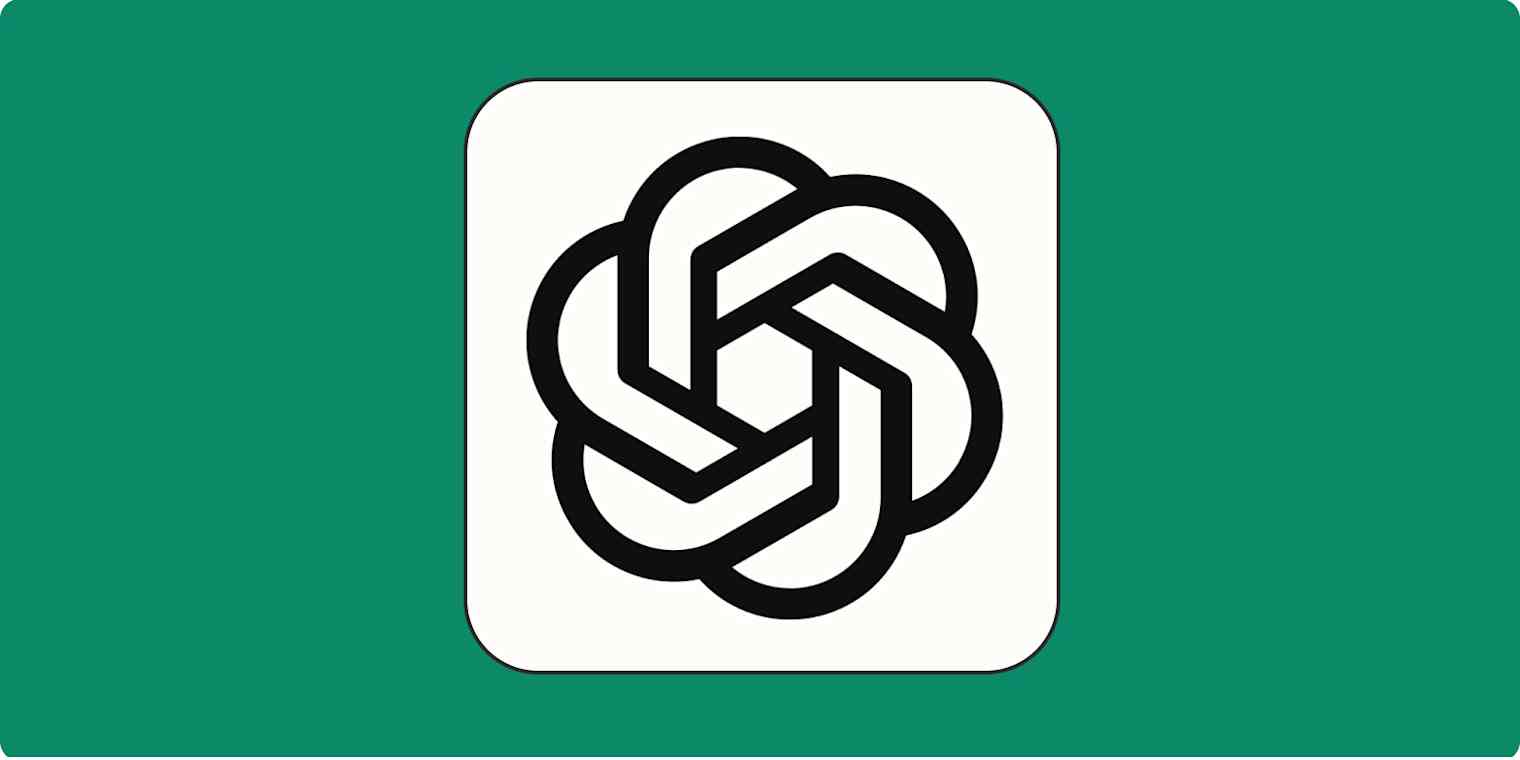
Get productivity tips delivered straight to your inbox
We’ll email you 1-3 times per week—and never share your information.
mentioned apps
Related articles
Improve your productivity automatically. Use Zapier to get your apps working together.

